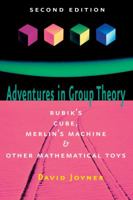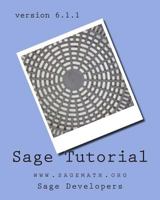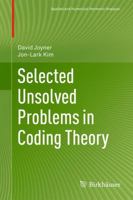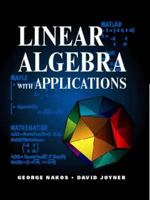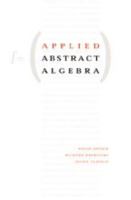Software and Data for Practical Astronomers: The Best of the Internet
Select Format
Select Condition 
Book Overview
The Internet contains so much information and data for astronomers that just finding what you want is a daunting task, and downloading can take hours of computer and telephone time.
Format:Paperback
Language:English
ISBN:1852330554
ISBN13:9781852330552
Release Date:November 1998
Publisher:Springer
Length:184 Pages
Weight:0.85 lbs.
Dimensions:0.4" x 6.1" x 9.2"
More by David Joyner
Customer Reviews
5 customer ratings | 5 reviews
Rated 4 starsSoftware and Data for _PC_ Astronomers
By Thriftbooks.com User,
I would have enjoyed this book better if the author would have touched on platforms beyond the DOS-Windows PC. There are enough files on the disc that are readable on other platorms: images, text, html, and PDFs, but no programs for anything beyond the DOS-Windows PC. Many astronomers use UNIX, LINUX, Macintosh, and other operating systems. These astronomers need to communicate their findings with each other. The overview...
0Report













